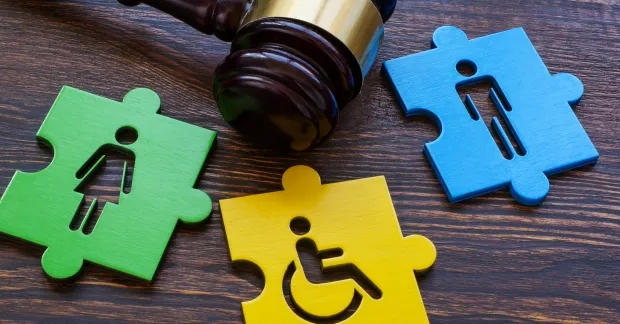
Totalt ökade medianinkomsten i landet med drygt 20 procent under åren 2000 till 2012, då den låg på 278 000 kronor, enligt SCB. Medan kvinnors inkomster ökade med 23 procent under perioden ökade de med 18 procent för männen.
Störst inkomstökning totalt hade Kiruna, med 36 procent, tätt följt av Pajala med 33 procent. Även Gällivare och Övertorneå finns bland de tio kommuner som hade den största inkomstökningen, med 31 respektive 27 procent, vilket SCB menar till stor del beror på att gruvindustrin hade en högkonjunktur under perioden.
Och just i denna del av Sverige, som hade landets största inkomstökning under perioden, ökade männens inkomster mer än kvinnorna. I Kiruna, Pajala och Gällivare med 40 respektive 30 procent.
Också i de flesta andra kommuner i Norrbotten var inkomstökningen större än de 20 procent som alltså var genomsnittet för hela landet. Det gäller även för befolkningen vid Hallandskusten. Lägst ökning av inkomsten hade de boende i tio kommuner i storstadslänen Stockholm, Västra Götaland och Skåne.
Åtta av de tio kommuner som hade den högsta medianinkomsten under 2012 ligger dock i Stockholms län, Däribland Danderyd som låg i topp både år 2000 och 2012 då medianinkomsten låg på 381 300 kronor.
Fakta: I SCB:s beräkningar, i vilka man utgått från sammanräknade förvärvsinkomster för personer mellan 20 och 64 år i Sverige, ingår inkomst av näringsverksamhet liksom inkomst av tjänst (lön, pension, arbetsmarknadsstöd, sjukpenning och andra skattepliktiga ersättningar från försäkringskassan).
De 10 kommuner med högst medianinkomst 2012 (kronor) | De 10 kommuner med störst inkomstökning 2000–2012 (procent) |
Danderyd | 381 300 | Kiruna | 36,0 |
Täby | 356 800 | Pajala | 33,1 |
Lomma | 347 100 | Lomma | 31,5 |
Lidingö | 338 800 | Gällivare | 31,1 |
Vaxholm | 334 200 | Varberg | 29,2 |
Kiruna | 331 900 | Vaxholm | 27,7 |
Ekerö | 329 000 | Övertorneå | 27,1 |
Nacka | 328 800 | Kungsbacka | 26,8 |
Sollentuna | 328 000 | Leksand | 26,6 |
| Nykvarn | 325 700 | Falkenberg | 26,5 |
| ||||












